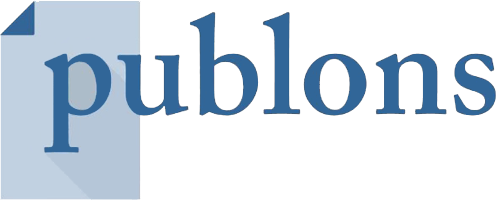Informed consent and Percutaneous Endoscopic Gastrostomy (PEG): the difficulties of a single European viewpoint
Keywords:
informed consent, percutaneous endoscopic gastrostomy, person lacking capacityAbstract
Percutaneous Endoscopic Gastrostomy (PEG) is a surgical technique by which, connecting the gastric cavity to the external part of the body, it is possible to introduce nutritional blends into the gastrointestinal tract by means of a feeding tube. This operation, invasive and not without complications, may be legitimately and lawfully carried out by the doctor once the beneficiary has provided a valid and conscious consent. In fact, a correct patient information, together with a PEG consent, represent the key elements of lawfulness, thereby expressing the voluntary, conscious and free adhesion of the beneficiary. They represent an essential link between the doctor’s duty to cure and the personal right of the patient to self-determination. The delicate nature of this subject is demonstrated by the fact that all European Union Countries enact informed consent regulations, thus stressing the mandatory compliance to same as the basis of fairness of medical practice. In Europe, however, whenever there is an urgent need for this operation, in the case of a patient incapable of providing a valid and conscious consent, a different PEG health management is practised. To that effect, in order to ensure the consistency of the European citizens’ rights, a joint and shared management with the EU state members would be preferable with regard to the implementation of the percutaneous endoscopic gastrostomy regarding patients incapable of self-determination.
Downloads
Published
Issue
Section
License
This is an Open Access article distributed under the terms of the Creative Commons Attribution License (https://creativecommons.org/licenses/by-nc/4.0) which permits unrestricted use, distribution, and reproduction in any medium, provided the original work is properly cited.
Transfer of Copyright and Permission to Reproduce Parts of Published Papers.
Authors retain the copyright for their published work. No formal permission will be required to reproduce parts (tables or illustrations) of published papers, provided the source is quoted appropriately and reproduction has no commercial intent. Reproductions with commercial intent will require written permission and payment of royalties.

This work is licensed under a Creative Commons Attribution-NonCommercial 4.0 International License.





